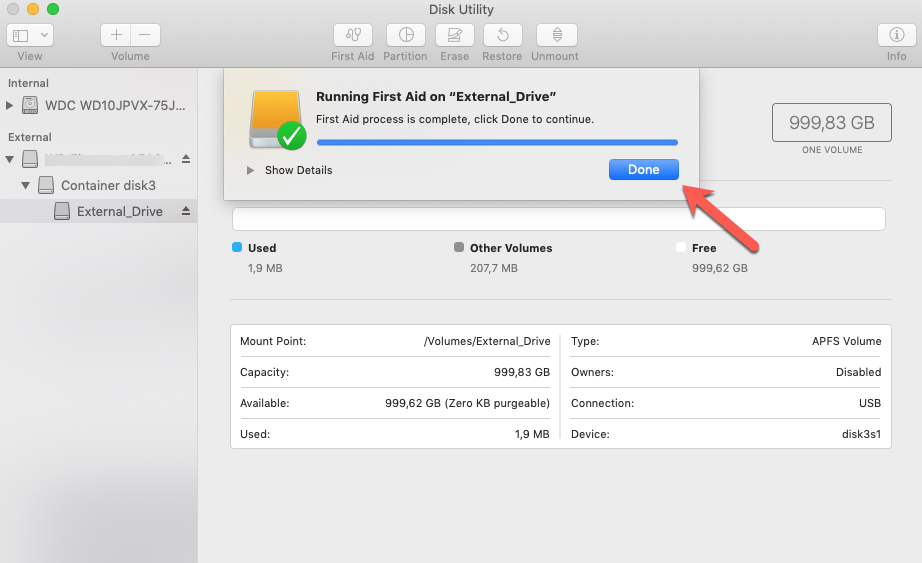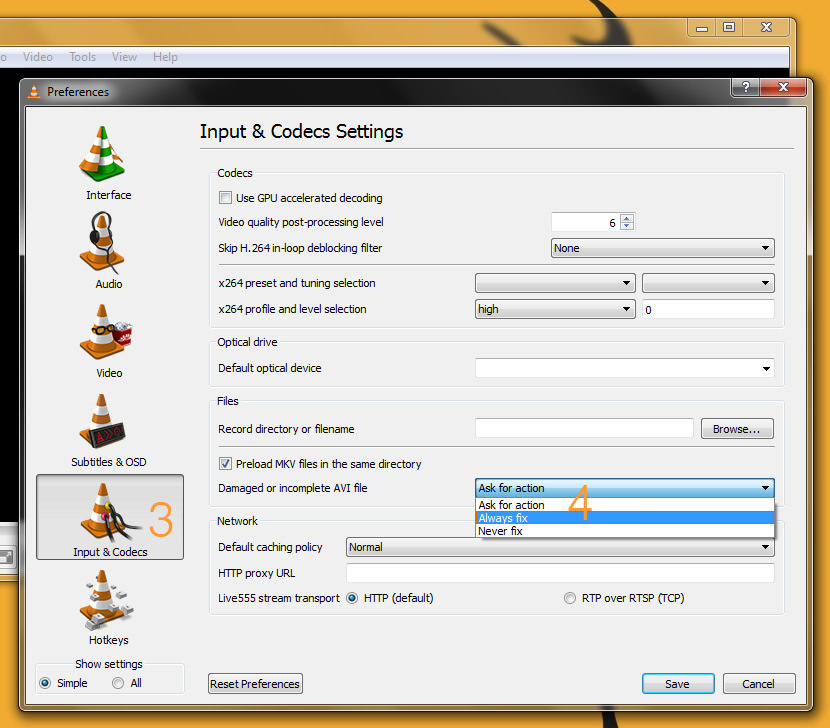

Once you’re satisfied with your selection, click the “Recover” button at the bottom-right corner of the Disk Drill window. Step 9 Tick the checkboxes beside the files you want to recover or leave all the checkboxes blank if you want to recover all the data Disk Drill found. You can do this by hovering your mouse pointer beside the filenames, and clicking the “eye” button that appears. Step 8 Unlike some other freemium apps, Disk Drill offers unlimited file previews. Step 7 You can use the sidebar on the left to filter through file types or use the search bar on the top-left corner of the window for a more precise search.
REPAIR CORRUPTED FILES EXTERNAL HARD DRIVE FULL
At this point, you can browse through file type by clicking any of the category boxes, or review the full list by clicking “Review found items.”

Step 6 Wait for Disk Drill to complete its scan. To proceed with recovery, leave scan settings to “All recovery methods” and click “Search for lost data” at the bottom-right corner of the window. monitoring on the left sidebar and click the “Turn on” button. Step 5 Select the corrupt drive from the list. Step 4 Navigate to the Applications folder and look for the Disk Drill app.

Step 3 Open Finder by clicking its icon on your dock. Step 1 If it’s your internal drive that got corrupted, plug in an external storage device where you can later save the recovered data. For this article, we’ll be using Disk Drill. Fortunately, modern data recovery tools make it pretty straightforward to recover deleted or lost files from your drive without professional help.
REPAIR CORRUPTED FILES EXTERNAL HARD DRIVE HOW TO
How to Recover Data From a Corrupted Hard Driveīefore attempting hard drive repair, you should always make sure that you recover and back up your data first. We’ll talk about this is in the How to Recover Data From a Corrupted Hard Drive section below It doesn’t give warnings by itself, but you can use certain tools to check the reports. stands for “Self-Monitoring Analysis Reporting Technology” – it’s a tool built into most modern hard drives that is meant to log any potential failures. When part of drive becomes damaged and unusable (and is marked by your operating system as such) Slowdowns, freezing, unusually slow copy-pastingīeeping, loud humming, clicking noises coming from your drive


 0 kommentar(er)
0 kommentar(er)
